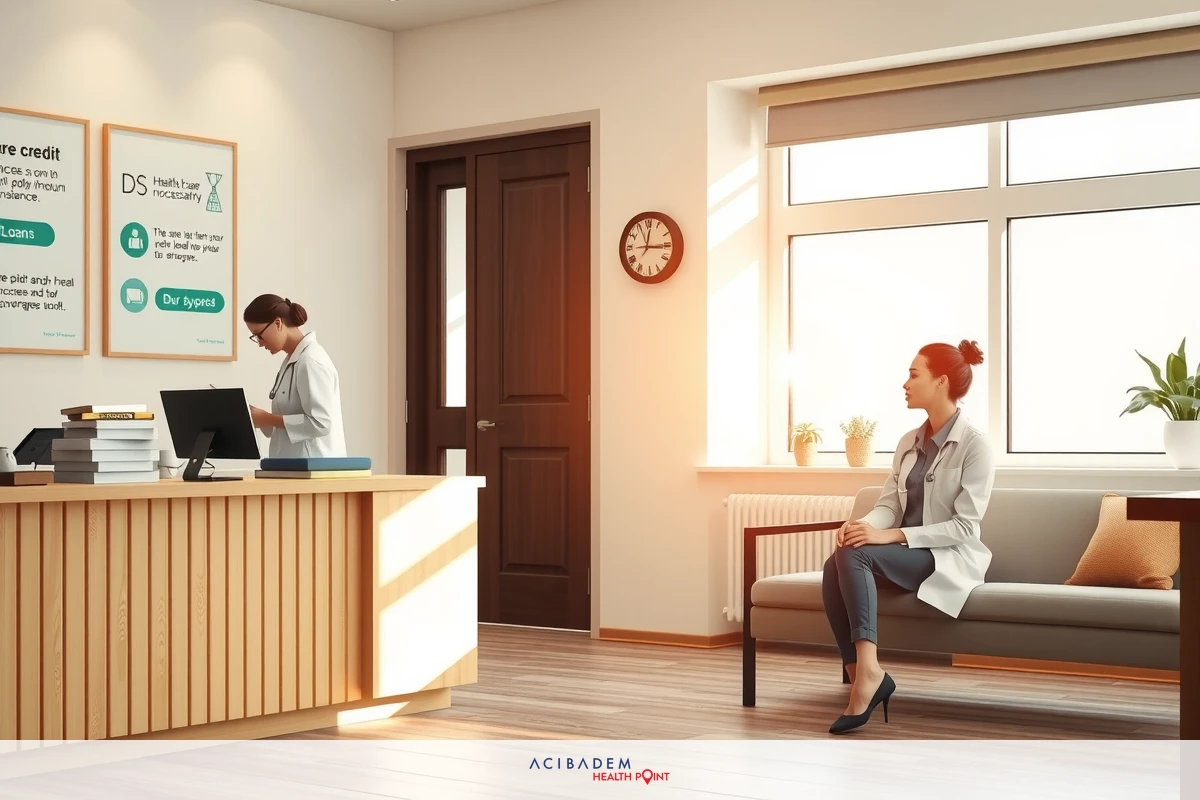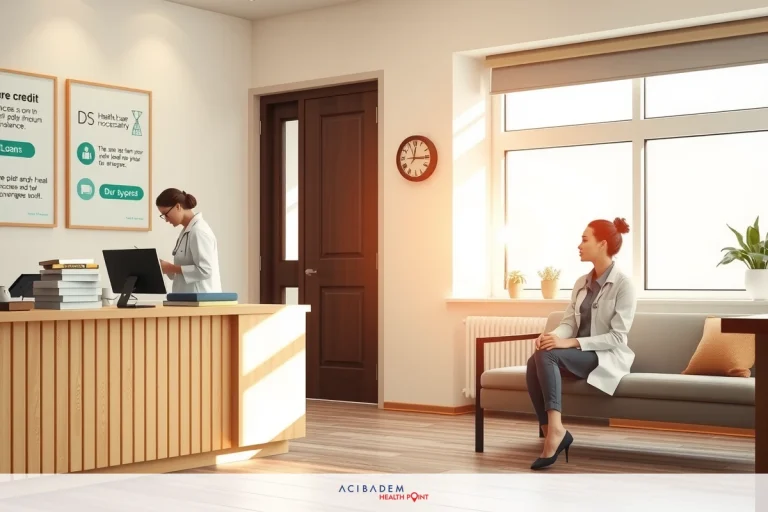Will Insurance Cover Rhinoplasty After Accident?
Will Insurance Cover Rhinoplasty After Accident? The question of insurance coverage for rhinoplasty after an accident often leads to a labyrinth of complexities and uncertainties. Each case is as unique as the individual involved, with factors such as medical necessity and specific documentation requirements playing pivotal roles in determining coverage eligibility.
Contacting your insurance company directly – not merely an agent or representative but the company itself – can help demystify these intricacies. They are best positioned to provide reliable information on their specific criteria for covering such procedures post-accident.
If insurance fails to cover the cost, fret not. There exist alternative financing avenues that may lighten the financial burden associated with rhinoplasty. Understanding these options could prove beneficial and offer peace of mind during challenging times.
Insurance Coverage for Rhinoplasty
The interplay between insurance coverage and rhinoplasty, particularly after an accident, is a nuanced topic. It’s driven by a multitude of variables that can vary from one case to the other. Among these variables are two key components: medical necessity and documentation requirements. These factors play a crucial role in dictating whether your insurance company will step in to shoulder the cost.
Medical necessity refers to the requirement that the surgery must be deemed necessary from a health perspective rather than just cosmetic. This could involve situations where your breathing is affected due to damage caused by an accident or if there’s significant facial disfigurement involved, which impacts daily life activities and mental well-being. Documentation requirements refer to doctor-certified reports underlining this need for surgical intervention as part of recovery post-accident.
While many would assume that any procedure performed after an accident should automatically qualify for coverage, unfortunately, it isn’t always so straightforward within the realm of insurance policies – especially with regards to surgeries like rhinoplasty often considered ‘cosmetic.’ The place or location where you have undergone treatment may also influence coverage decisions depending upon local regulations concerning healthcare providers’ rights and duties regarding patient care.
While exploring insurance support options towards covering costs associated with undergoing rhinoplasties post-accidents can seem complicated, it’s crucial to remember that gaining clarity around key concepts like medical necessity and documentation requirements can significantly simplify the process.
Consulting Your Insurance Company
In the labyrinth of insurance policies and coverage criteria, one beacon that can shine a clear light on the path is your insurance company. Direct consultation with them is not merely advisable; it’s an essential step in understanding whether your rhinoplasty procedure will be covered after an accident. Many times, people tend to communicate via agents or representatives who may not have complete knowledge about specific procedures like rhinoplasty.
Engaging directly with your insurer allows you to get firsthand information from those who understand the intricacies of their coverage policies best. They can provide detailed explanations regarding what constitutes as medically necessary for them and how much weight they put on documentation requirements. It’s important not just to know these factors but also understand how they are applied within the context of your policy.
It goes without saying that every interaction should be recorded diligently – time, date, whom you spoke with

along any advice provided during each conversation – all this data aids immensely while filing claims or disputing denials if required at later stages.
Direct conversations with your insurance company are an integral part of the journey to secure coverage for rhinoplasty after an accident. They not only demystify policy details but also equip you with critical insights into how best navigate this often complex process thereby enabling smarter decisions that could potentially save significant costs in the long run.
Alternative Financing Options
If the labyrinth of insurance coverage leads to a dead-end, it’s important not to despair. There are alternative financing options available that could potentially make your rhinoplasty procedure after an accident feasible, even without insurance coverage. These alternatives can range from medical loans and credit cards specifically designed for healthcare expenses to payment plans offered by hospitals or clinics themselves.
Medical loans are personal loans tailored specifically for healthcare needs such as surgery costs incurred post-accidents when insurance fails to provide necessary support. Lenders providing these often understand the unique difficulties faced by individuals in such situations thereby offering structured repayment plans facilitating easy paybacks over extended periods if needed which significantly lessens immediate financial burdens associated with out-of-pocket expense requirements.
Healthcare-focused credit cards represent another viable option here. Companies issuing these typically offer promotional periods during which interests aren’t charged provided all dues get cleared within stipulated timelines making them attractive choices especially for those confident about their abilities meeting said deadlines effectively thus avoiding additional expenditure towards interest payments.
While insurance coverage for rhinoplasty after an accident remains the first port of call for many, it’s not the only ship in the sea. A wide range of alternative financing options exist too that can help navigate these often choppy financial waters and make your journey towards recovery a smoother ride.
Frequently Asked Questions
How do I determine if my insurance will cover rhinoplasty after an accident?
It's important to consult with your insurance company directly. They can provide specific information on the coverage criteria, which often include factors like medical necessity and documentation requirements.
What does 'medical necessity' mean in terms of insurance coverage for rhinoplasty?
Medical necessity refers to situations where the surgery is required for health reasons rather than purely cosmetic ones. This could include cases where breathing is affected due to nasal damage caused by an accident or significant facial disfigurement that impacts daily living activities.
Insurers may require extensive documentation proving both the occurrence of an accident and its impact on your nasal structure necessitating surgery. Keeping all relevant paperwork intact helps ensure you're prepared when it comes time to file a claim.
Insurers may require extensive documentation proving both the occurrence of an accident and its impact on your nasal structure necessitating surgery. Keeping all relevant paperwork intact helps ensure you're prepared when it comes time to file a claim.
Alternative financing options range from medical loans specifically designed for healthcare expenses, credit cards focused on healthcare spending and payment plans offered by hospitals or clinics themselves. Each option has its own pros and cons so it's crucial to understand them thoroughly before making a decision.
Can geographic location influence whether certain financial assistance options are available for covering costs associated with post-accident rhinoplasties?
Yes, geographical considerations play key roles as place where treatment gets sought out would influence availability of certain financing options due local regulations governing healthcare sector.











